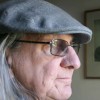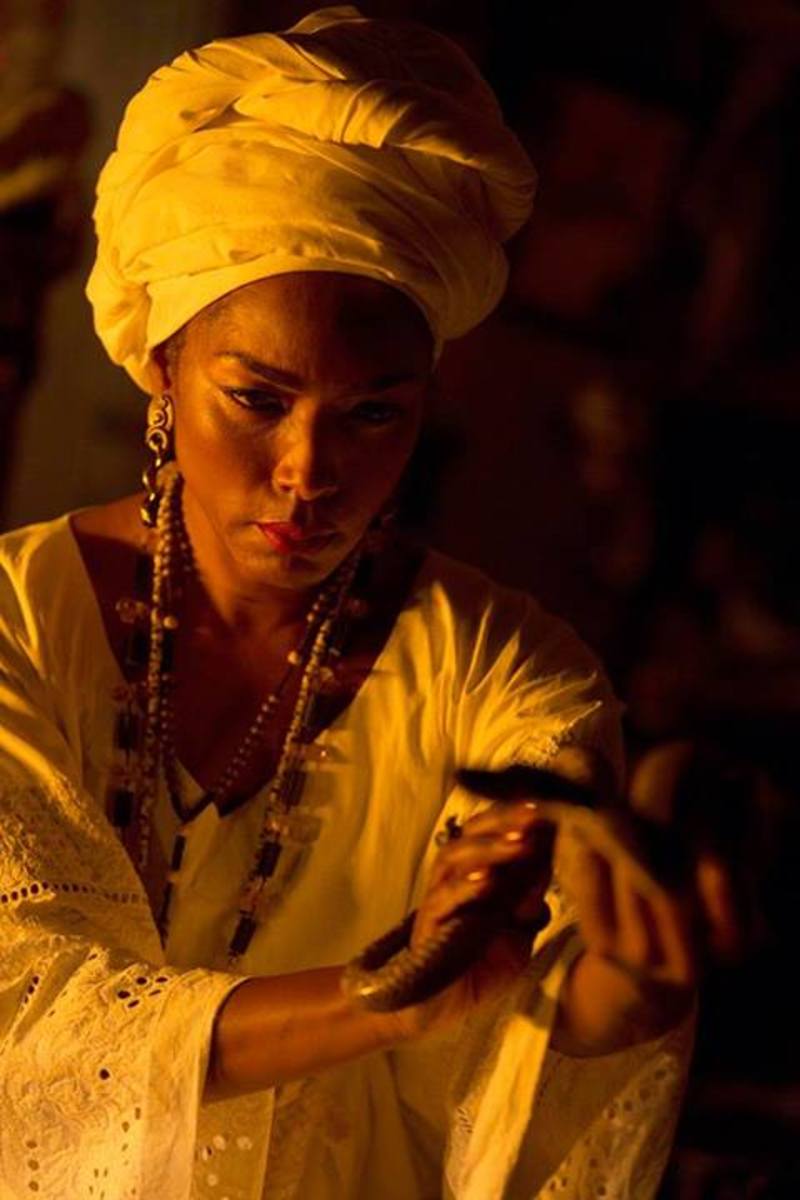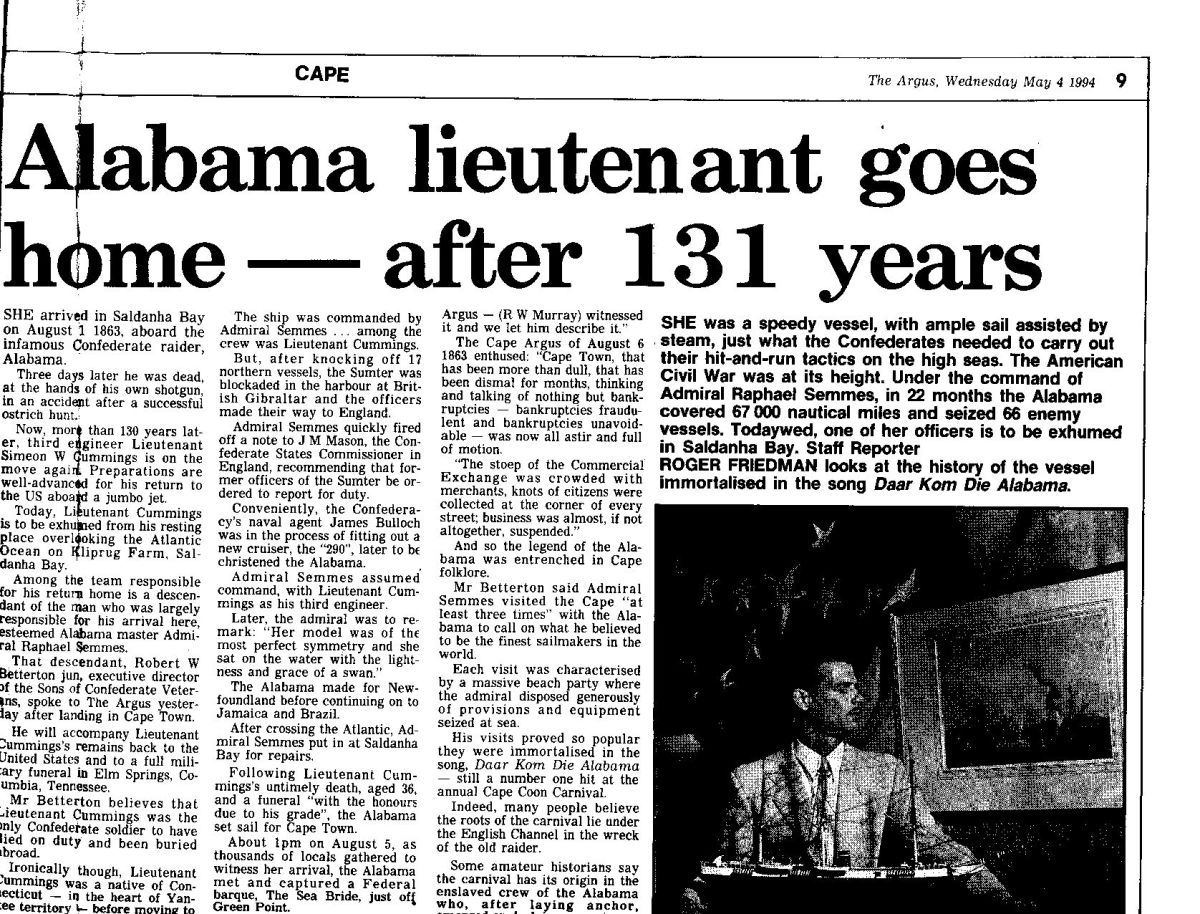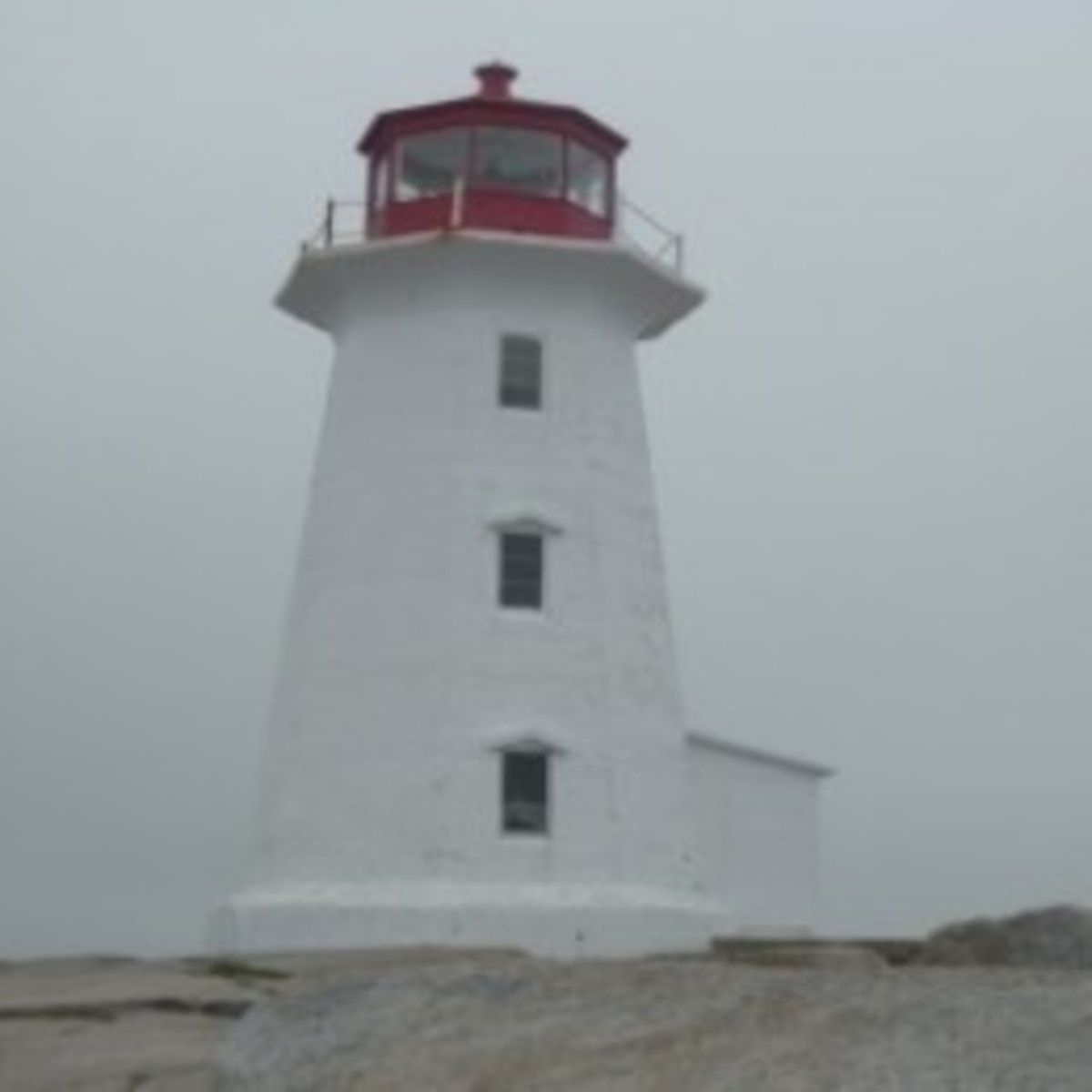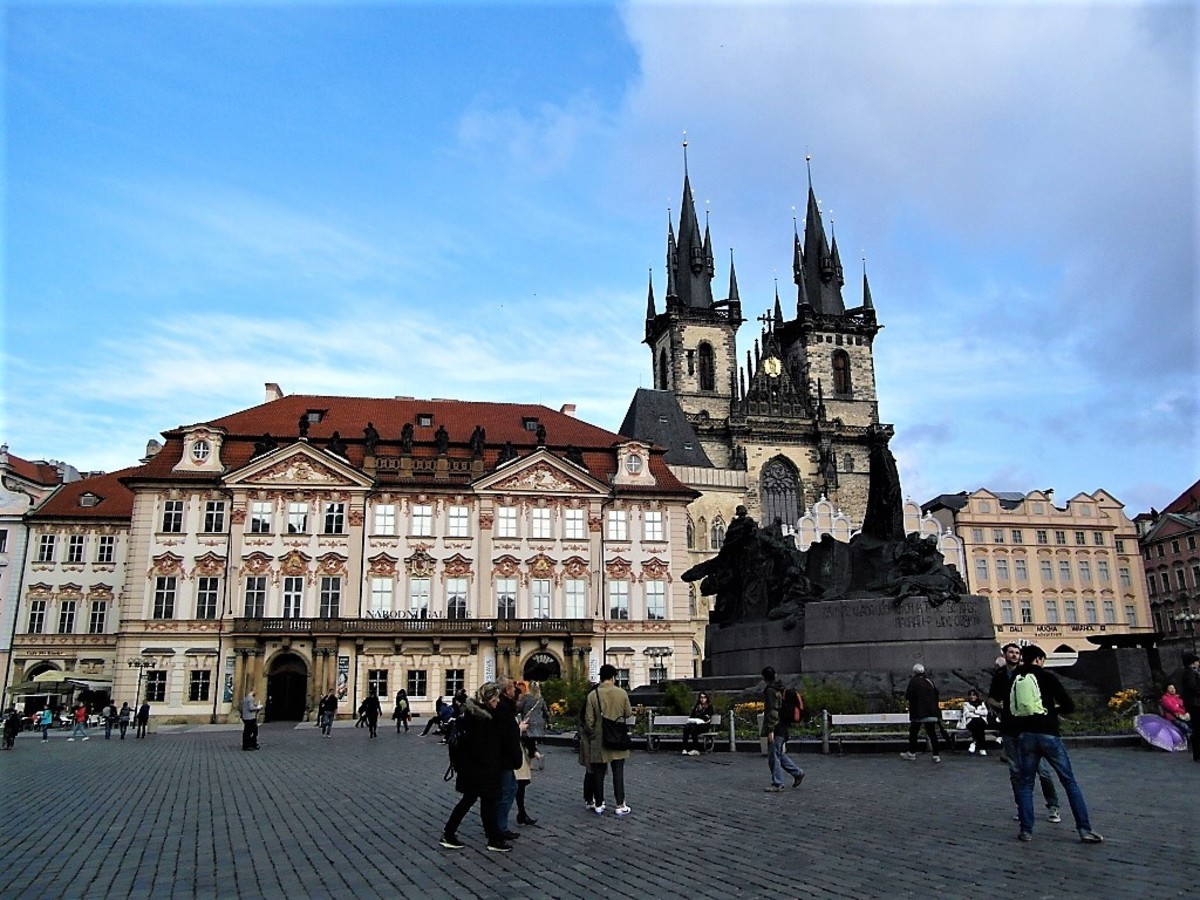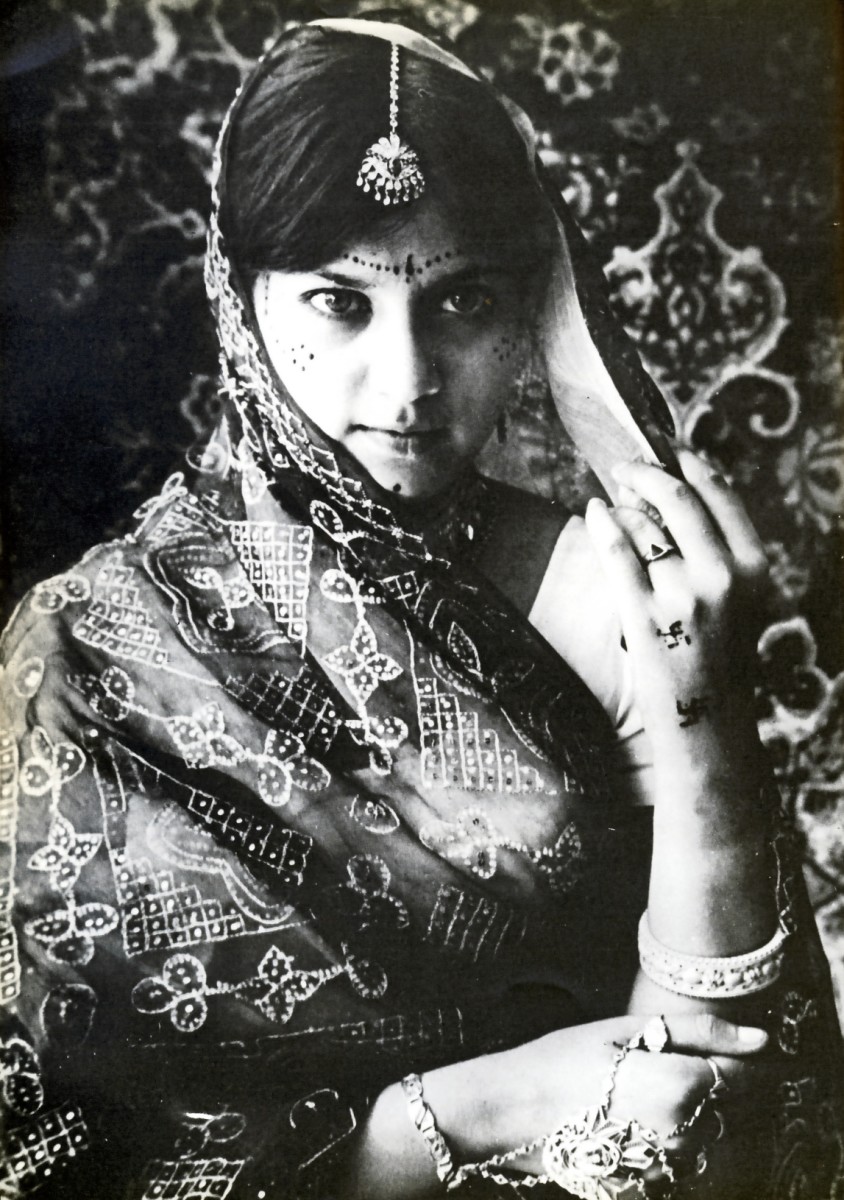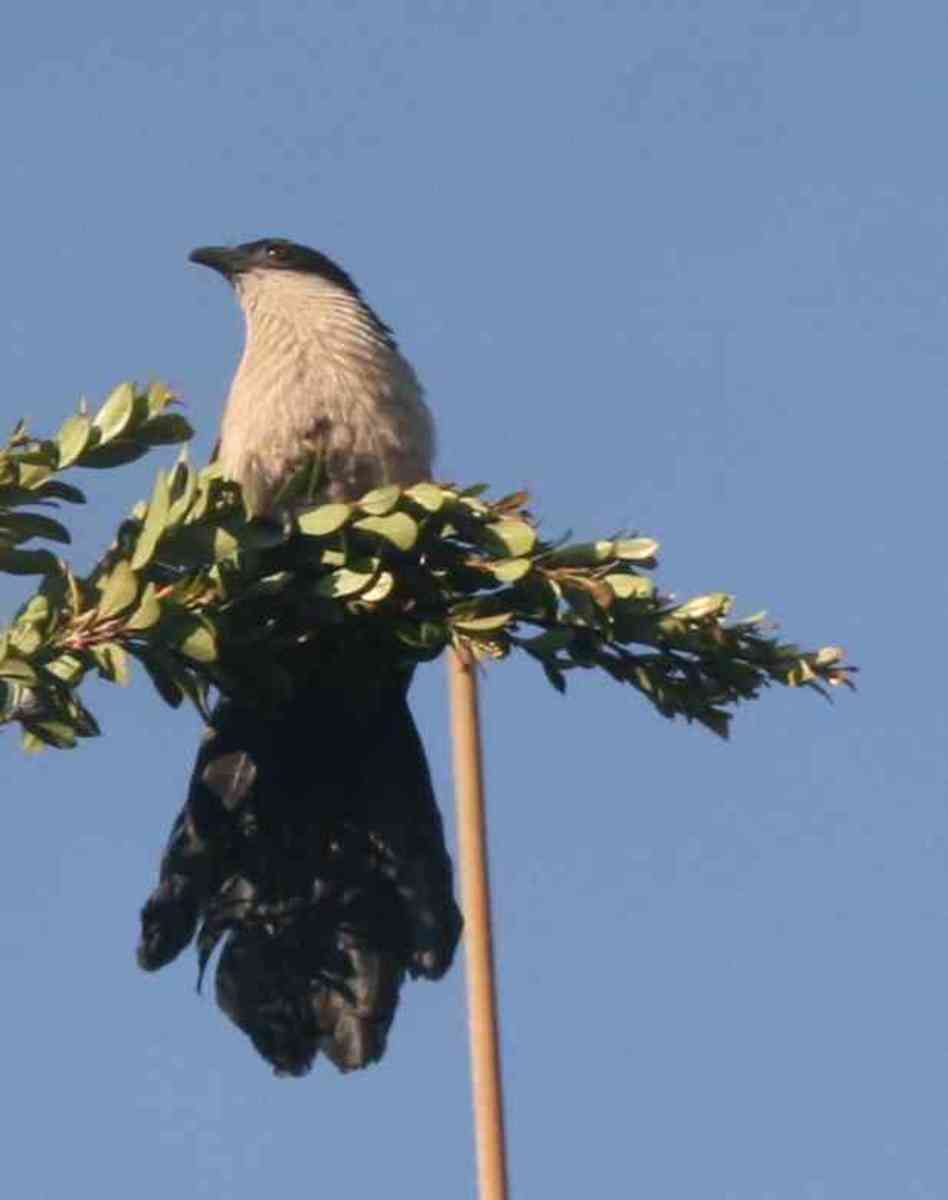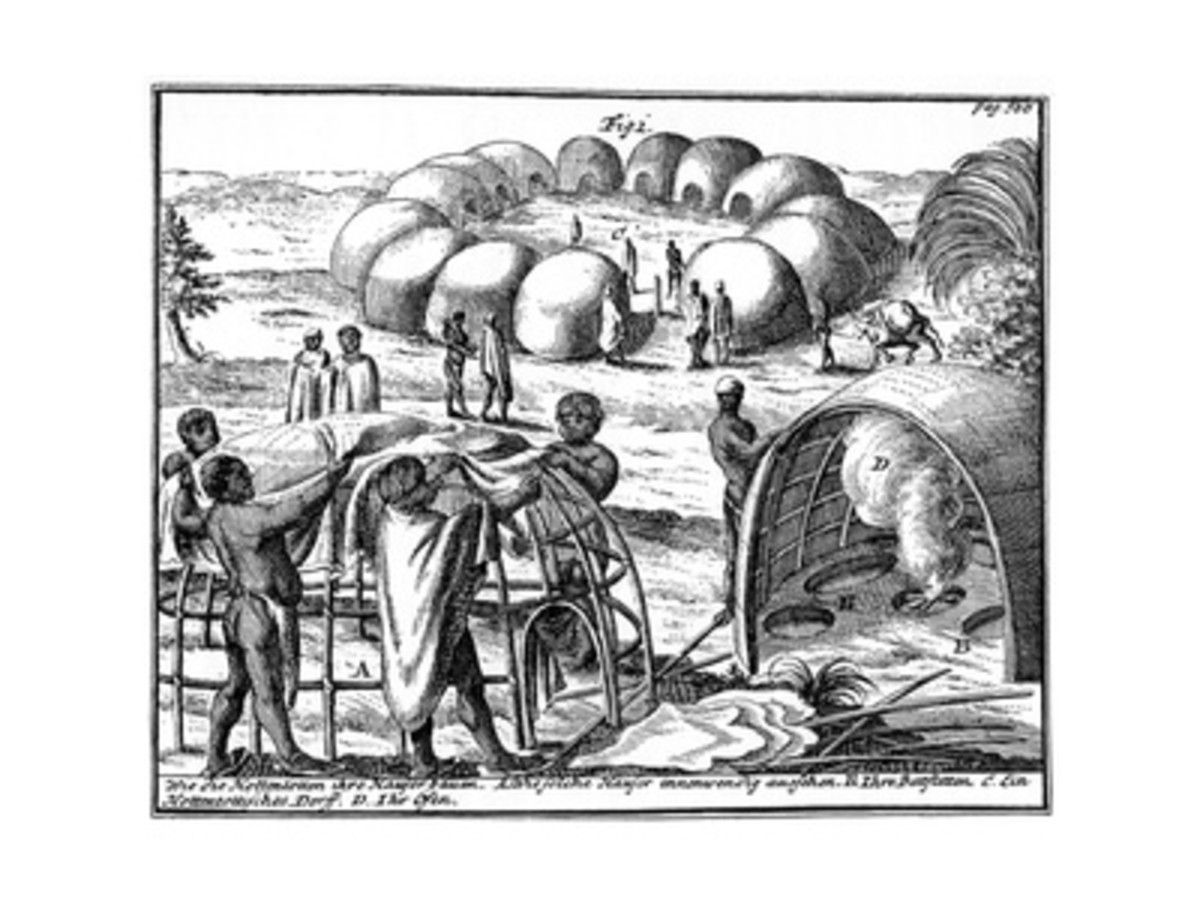- HubPages»
- Travel and Places»
- Visiting Africa»
- Travel to Southern Africa
Historical old buildings in Cape Town: St Stephen's Church and the Bo-Kaap
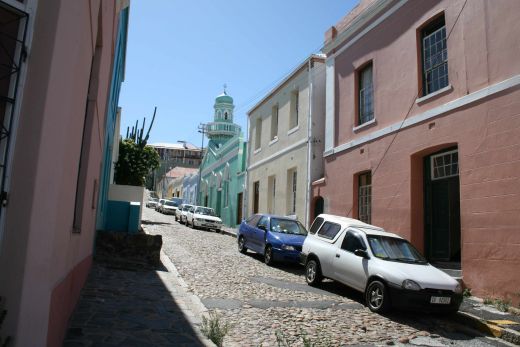
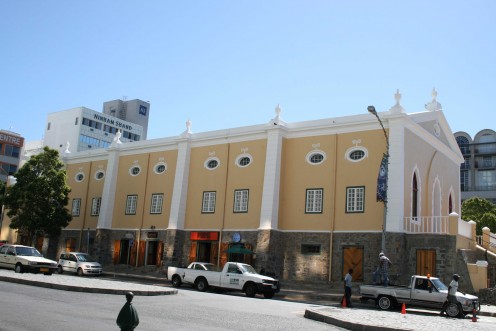
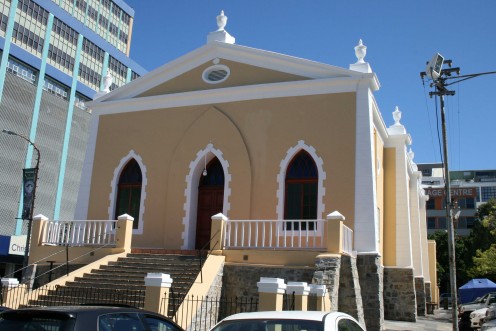
Riebeeck Square
Strand Street in Cape Town runs from the Castle of Good Hope on the Grand Parade to the foot of Signal Hill. On the way it passes many historical and interesting places, including what used to be called Boeren Plein (Farmers' Square) or Hottentot Plein and is now called Riebeeck Square, and, a little further on, the old Malay quarter known as the Bo-Kaap (Upper Cape).
Dominating Riebeeck Square is the imposing St Stephen's Church, supposedly the only Dutch Reformed Church in the world with a saint's name, though I'm not sure of that!
The building was originally a theatre built by Governor Sir George Yonge and opened in 1801 with a performance of Shakespeare's Henry IV, Part One, which, according to famous Cape Town resident and socialite Lady Anne Barnard, was a rather dull affair.
The building was sold to the Dutch Reformed Church in 1839, to be used as a church for recently freed slaves. The name of the church comes from the fact that it was, like its namesake, stoned. St Stephen was martyred by being stoned to death. The story of why this church was stoned is a bit confused – some say it was disgruntled slaves who broke the windows in a shower of stones, others that it was theatre-lovers unhappy that their place of entertainment had been taken from them.
Whatever the truth of the matter, the name has stuck and I guess I have a certain affinity for the church as the feast of St Stephen is on my birthday, 26 December. I remember as a little boy being told the story of how the church got its name – I was told the version about the slaves – as my parents and I drove past on the way to visit my Great Aunt Hetty who lived in Tamboers Kloof, bordering on the Bo-Kaap.
The story of Stephen is found in Acts chapters 6 and 7: “At this all the members of the council shouted out and stopped their ears with their hands; then they all rushed at him, sent him out of the city and stoned him.” Thus the Christian Church got its first martyr.
In the past the cellar of the church was hired out to local merchants, one of them a wine merchant. Cape Town tour guide extraordinaire Selwyn Davidowitz tells the story that because of this a graffito verse was painted on the walls of the church:
There's
a spirit above and a spirit below,
The spirit above is the spirit
of love,
The spirit below is the spirit of woe,
The spirit
above is the spirit divine,
The spirit below is the spirit of
wine.
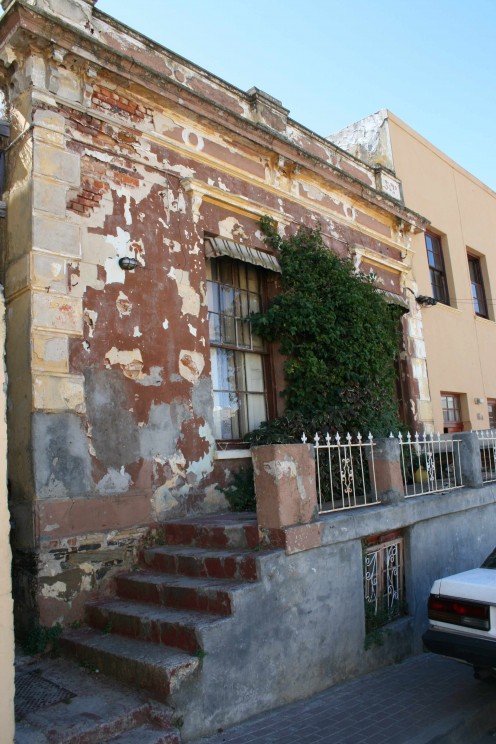
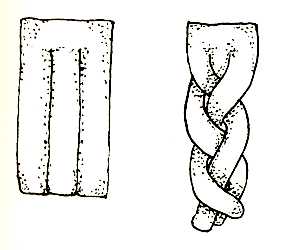
- South Africas Mother City at the Fairest Cape
Cape Town's history and present have produced a vibrant city full of interesting places to see and things to do. From the poingnant reminders of the past to the ultra-modern technologically-advanced industry and places of learning, from the serious s
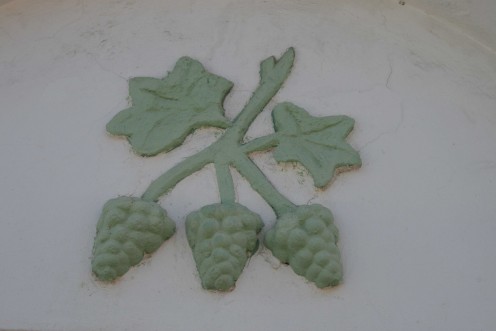
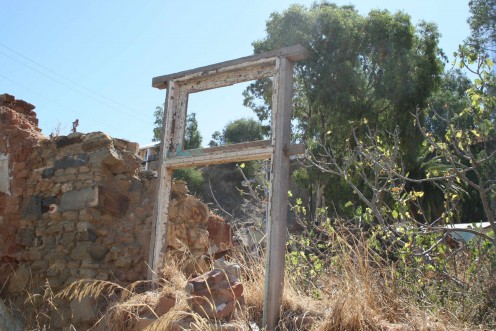
The Bo-Kaap
On the slopes of Signal Hill above Riebeeck Square the quaint and interesting buildings of the Bo-Kaap are visible. They date mostly from the end of the 18th Century and were built by recently-arrived immigrant artisans, mostly from Holland.
Towards the middle of the 19th Century these artisans mostly moved to the newer southern suburbs and newly-freed Malay slaves moved into the vacated houses, changing the character of the Bo-Kaap forever, though not the architecture.
Some of the houses in the Bo-Kaap have been well-restored and have a sort of “Chelseafied” look about them, while others are in various stages of neglect and collapse.
It is a very lively place and there is a feeling of neighbourliness that recalls the feeling that was prevalent in the more famous, but now long-departed, District Six.
Most of the houses are very small and the roads are steep, adding considerably to the outward charm of the place.
The Bo-Kaap is also a centre of the traditional New Year festivities known as the Coon Carnival. Denis-Constant Martin, in his wonderfully-researched and brightly written book Coon Carnival (David Philip Publishers, 1999) describes the atmosphere, the feeling of “gaiety and friendliness:
“It's midnight on New Year's Eve in the Bo-Kaap, at the foot of Signal Hill. People flock to the pavements lining the narrow streets. Whole families – grown-ups, children and babies in their prams – arrive with folding chairs, picnic baskets, thermos bottles and blankets to keep warm in the cool summer night. Here and there small stalls have been erected where boerewors , samoosas or koeksisters can be bought. And Karima's little shop at the corner of Rose Street and Longmarket Street is bursting at the seams – customers come and go with cooldrinks or curried sandwiches while in the kitchen friends of the owner are chatting over what will happen tonight, and during the year to come.”
Boerewors – literally “farmer's sausage – is a spiced beef sausage much-loved by South Africans and commonly cooked and eaten at “braais ” (barbecues.). Cape writer and food connoisseur C. Louis Leipoldt believed that boerewors was brought to the Cape by the Huguenot refugees who came to South Africa in the 17th Century and played a significant role in the development of the Cape culture. Apparently a similar sausage, though slightly milder than the Cape one, is still made in the Latour Valley of France.
Koeksisters are plaited (braided) white bread dough which is deep fried to a deep golden brown and then dipped into a very sweet sugary syrup. Possibly called a “cruller” in English. They originated in what was then known as Batavia, now Indonesia, and were brought to the Cape by the original Malay slaves.
Samoosas are crispy, triangular dough pockets filled with highly spiced minced (ground) beef or other, always very spicy, fillings, sometimes vegetarian. They are of Indian origin though a great favourite snack of the Cape Malay people.
The Malay people of Cape Town are descendants of slaves brought to the Cape by the Dutch East India Company from what is now Indonesia in the middle to late 17th Century.
Among the Malay people were some notable Muslim scholars and holy men. One of the most influential of these was Khardi Abdusalem, known as Tuan Guru, credited with bringing Islam to the Cape. He started the belief of the “holy circle” of Kramats, or shrines, that all who lived within this circle would be safe from disasters.
One of the most important Kramats in the Holy Circle is that of Sheik Yusuf, who was banished to the Cape by the Dutch in 1694. He came from Macassar and died at Faure, on the Cape Flats in 1699, where his Kramat still stands.
Tuan Guru was the inspiration for a song by great Cape Town jazz pianist and composer Abdullah Ibrahim, formerly known as Dollar Brand. This song was recorded on the album Water from and Ancient Well by Ibrahim's band “Ekaya” in 1985.
In the liner notes for this album Dr Herb Wong wrote of Tuan Guru: “Imam Abdullah Qadi Abdus-Salaam, Sultan of Tidores, a spice island in Malaya, was exiled to the Cape by the Dutch East India Company because of his political resistance to its colonisation of the island. He was banished to Robben Island in April 1780 and on his release about 10 years later, became the religious leader of the slave community at the Cape and became affectionately known as Tuang Guru (Mr. Teacher).
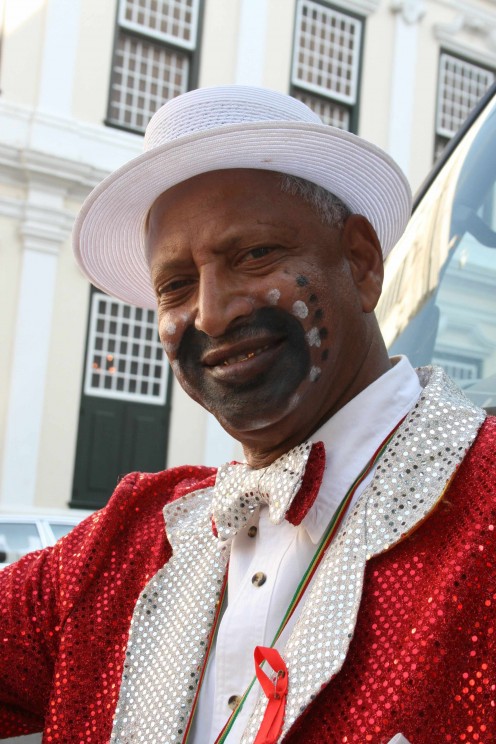
The Coon Carnival
The tradition of the New Year's Coon Carnival began in the year 1887, when Queen Victoria celebrated her Diamond Jubilee. The year before the people of the Bo-Kaap had revolted against a new Municipal regulation which had attempted to close down the cemetery which they used. The Muslim burial custom is for the deceased to be carried from the deathbed to the grave on the shoulders of friends and neighbours and buried within 24 hours of the death. The new cemetery was too far from the Bo-Kaap for people to carry the dead.
By New Year's Day 1888 the use of “black-face” make-up and minstrel costumes began to be commonplace, as was the parade through the streets of the City. By 1906 the carnival had progressed to such a degree that the local newspaper The Cape Argus offered a trophy for the best performance by a troupe, and organised the gathering of the troupes (known as “klopse”, a corruption of the word “clubs”) at the nearby Greenpoint Stadium.
Above the Bo-Kaap, on Signal Hill, a “noon gun” is fired every day at exactly 12.00 noon. Originally meant to help ships in Table Bay keep their chronometres correct, it is now simply part of the Cape Town scene, a tradition maintained for the sake of tradition.
A signal gun has been fired at noon in Cape Town since 1806. The loudness of the gun's report upset residents in the City and so the guns were moved to their present location in the Lion's Battery on Signal Hill in 1902.
After all the years, more than two Centuries, the pigeons have not gotten used to the “gun” and still take off from their perches every time it goes off!
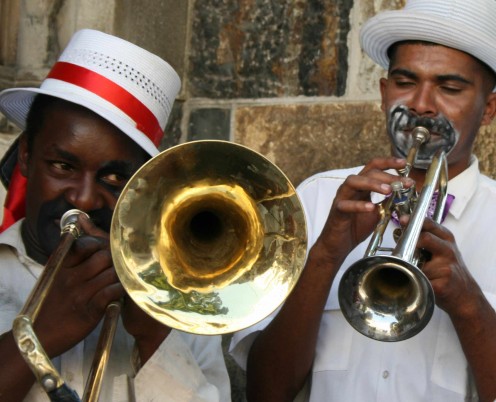
Copyright notice
The text and all images on this page, unless otherwise indicated, are by Tony McGregor who hereby asserts his copyright on the material. Should you wish to use any of the text or images feel free to do so with proper attribution and, if possible, a link back to this page. Thank you.
© Tony McGregor 2010
